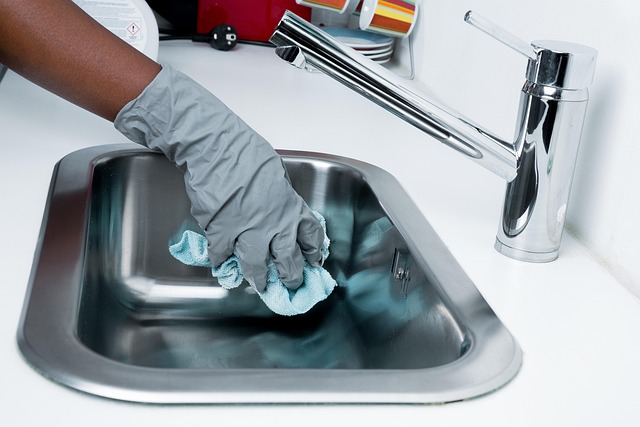Smart Trash Can: How Touchless Technology Updates Waste Disposal
Smart trash cans combine common household needs with sensors and small electronics to reduce contact, control odors, and make waste disposal more convenient. These devices range from simple motion-activated lids to integrated systems that sort, compact, or track usage. Understanding how smart technology changes a routine item can help you choose a design that fits your kitchen, office, or public space while improving hygiene and efficiency.

trash can: What makes a trash can “smart”?
A smart trash can typically adds automation, connectivity, or additional mechanical features to a standard bin. Automation can include motion-activated lids, automatic bag release or sealing, and built-in compactors. Connectivity may allow status updates via an app (for fill level or maintenance reminders) or integration with home automation systems. These enhancements aim to reduce manual handling, simplify emptying, and add convenience without fundamentally changing the basic purpose of a trash can.
waste disposal: How smart cans affect everyday waste disposal
Smart trash cans influence waste disposal by streamlining how trash is deposited and managed. Motion sensor lids and touchless interfaces reduce direct contact, which can lower the spread of surface contaminants in shared environments. Some models include compartments for basic sorting (recyclables vs. general waste), sensors that detect fill levels to avoid overflow, and internal mechanisms that compress garbage to reduce collection frequency. For households and offices, these features can translate into tidier spaces and more predictable waste schedules.
smart technology: Core components in smart trash cans
Core components in a smart trash can often include microcontrollers, proximity or infrared sensors, battery or mains power supplies, and motorized mechanisms for opening and closing lids. Higher-end models may add weight sensors, ultrasonic fill-level detectors, or Wi‑Fi modules for app connectivity. Firmware or simple logic routines determine response behavior — for example, how long a lid stays open after activation. Materials and build quality also matter: stainless steel or high-quality plastics resist odors and stains better than cheaper finishes.
motion sensor: Role of motion sensor in touchless bins
Motion sensor technology is central to many touchless trash cans. Passive infrared (PIR) or infrared beam sensors detect hand or object movement and trigger the lid to open for a short interval. Sensors vary in range and sensitivity, which affects false openings or failures to respond. Placement of the sensor and power source are practical considerations: bins that require frequent battery changes or that trigger unnecessarily can become annoyances. Reliable motion sensors balance responsiveness with energy efficiency to extend battery life.
touchless: Hygiene and maintenance for touchless cans
Touchless operation reduces direct contact with surfaces that can harbor bacteria, but it does not remove the need for regular cleaning. Internal seals, gaskets, and lid mechanisms can trap odors and residues; periodic wiping of sensor areas and interior compartments is necessary. Replaceable liners and odor-control filters are useful features. Maintenance also includes checking batteries or power connections, ensuring sensors are unobstructed, and addressing mechanical wear in hinges or motors to preserve long-term touchless performance.
Smart trash cans can also raise practical questions about durability, environmental trade-offs, and complexity. Electronics and moving parts will likely require occasional replacement or repair, and Wi‑Fi or app-connected models introduce privacy considerations about data collection or network security. Evaluating which features are essential for your environment — whether touchless opening, compacting, or fill-level alerts — helps balance convenience against additional costs and maintenance.
Conclusion
Smart trash cans add automation and convenience to routine waste disposal through motion sensors, touchless operation, and other smart technology features. They can improve hygiene and make waste handling more efficient, but they also introduce considerations around maintenance, durability, and potential privacy for connected models. Choosing a smart can involves matching features to your space and habits, and prioritizing reliable sensors and easy-to-maintain designs.






